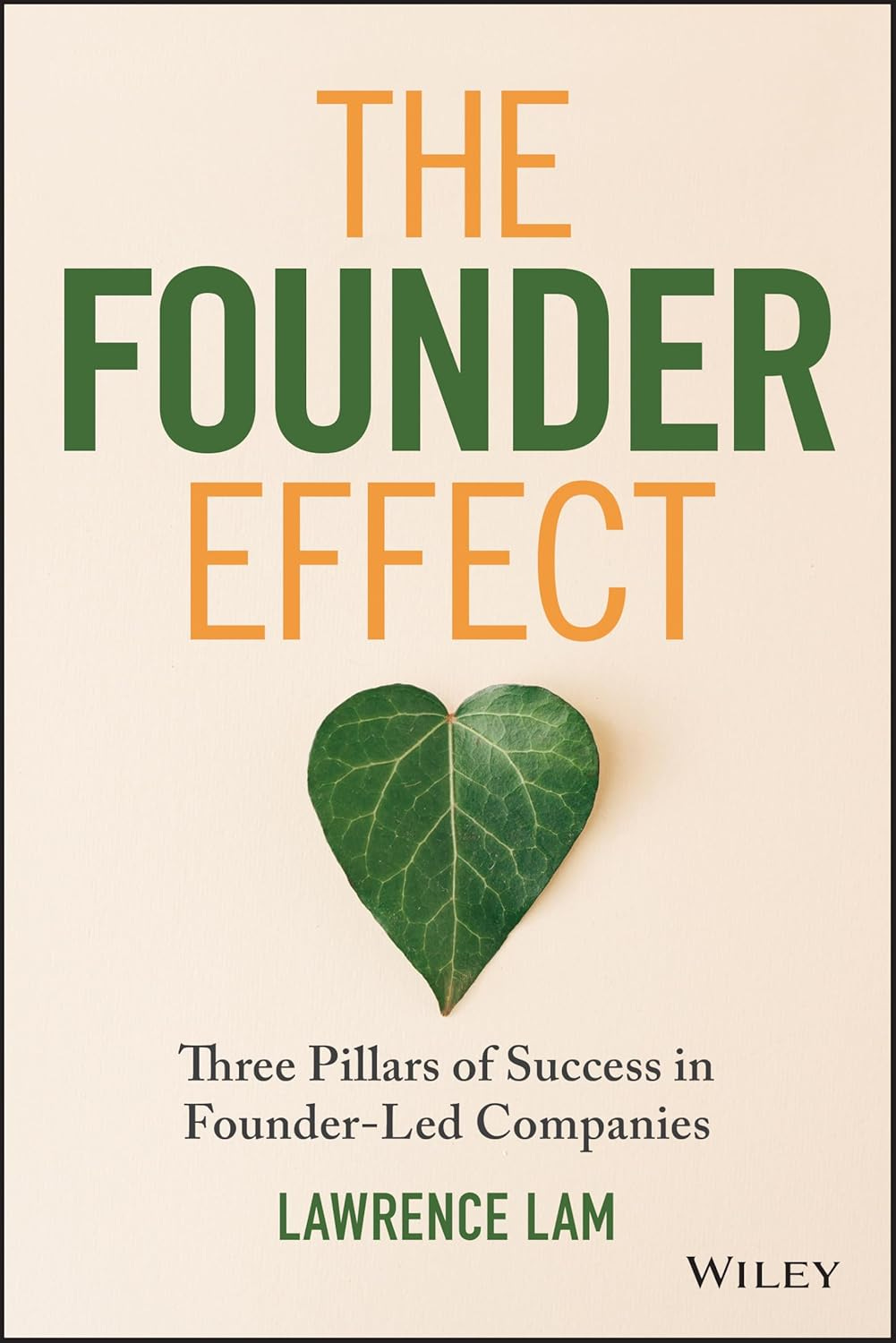Wittgenstein's ruler: Unless you have confidence in the ruler's reliability, if you use a ruler to measure a table, you may also be using the table to measure the ruler. Nassim Nicholas Taleb, Fooled by Randomness, 2001.
Founder effects are a feature of complex adaptive systems, such as populations of living organisms, where small groups become isolated and evolve mutated features compared to larger populations. These mutations can be successful or unsuccessful. Biologists term such mutations novel and successful ones as innovative. Founder effects are a necessary but not sufficient condition for sustained adaptation and growth in an unknowable world. We humans are the beneficiaries of the amazing outcomes this blind process delivers.
Most active investment funds look for quantitative anomalies among the population of available equities, typically measured in terms of variance from a mean or average as determined by a pre-constructed model of how the World works. For example, a value-driven approach will look for shares that are cheap relative to a model based on selected value measures.
A growth fund might set up a yardstick based on expected future growth rates relative to historic measures or existing peers, usually discounted back to the present via a DCF calculation. These strategies involve arbitrage in financial markets to drive returns through mean reversion to a preconceived world model.
Therefore, traditional approaches to active equity investing are based on actors in the real World conforming to the theoretical models we construct. However, these models are often based on questionable assumptions.
As Sharpe World sceptic David Dredge at Convex Strategies highlights, quoting Taleb's concept of Wittengstein's Ruler,
If you have doubts about the efficacy of the ruler, you are probably learning more about the ruler, as well as those utilising/espousing it, than you are about the table.
For Taleb, Dredge and other market professionals, such as Patrick Schotanus, markets are more akin to organic biological organisms than the mathematical models of Newtonian Physics. Success in such gene pools of complexity is about adapting to an unknown and changing environment and staying in the game to benefit from the system's long-term spontaneous growth drivers.
Numerous studies show that companies where founders retain a meaningful equity stake perform better than those without these characteristics. This effect is present in young founder-led companies and more mature family-owned dynastic businesses. In both cases, skin in the game engenders behaviour conducive to long-term success.
The presence of skin in the game in an owner-managed business means that shareholders’ risks and rewards are more closely aligned with those of their managers, mitigating what economists refer to as the principal-agent problem. Passengers might feel more comfortable being on a plane where the pilot is not wearing a parachute.
Bain and Co. identified that the main behaviour types stem from companies having skin in the game.
A Sense of Insurgency: A disruptive or highly differentiated way of operating compared to established peers tends to bind early-stage companies together with a distinctive culture.
A Frontline Obsession: Founder-led companies focus more effectively on their customers' needs than their peers.
An Owner's Mindset: Founder-led companies are more inclined to make long-term decisions even when they involve short-term pain.
As businesses grow, they become more complex. Complexity is the silent killer of growth. Bain estimated that 85% of companies that stop growing blame internal complexity, not the external environment or market opportunity, as the main factor. Their studies have shown that companies that demonstrate a Founders' Mentality as they age are four to five times more likely to be top-quartile performers. For instance, an index of S&P 500 companies in which the founder is still deeply involved performed 3.1 times better than the rest over the 15 years to 2015.
Credit Suisse (RIP) used to publish the CS Family 1000 Index of family and founder-led companies across the globe. Their analysis showed that this universe of companies outperformed non-family-owned peers on average by 370 basis points per year from 2006 to 2018.
The founder-led trend was apparent across geography and business age, indicating that family-owned companies provide better "through-cycle" returns. This is likely due to their principal shareholders adopting a long-term focus, given that their capital is effectively locked in. Like their external shareholders, they have to fly without a parachute.
Nassim Taleb said in his book Skin in the Game: The Hidden Asymmetries of Everyday Life that,
Asymmetry in risk-bearing leads to imbalances and, potentially, to systemic ruin.
Investing in owner-managed businesses can materially skew this asymmetry of risk in favour of investors, thus creating what David Dredge calls greater risk convexity.
I have always been interested in founder-led companies, believing in their asymmetric return opportunities. However, applying this theory in practice is tricky.
A few years ago, I started following a Melbourne-based fund manager who was putting this theory into practice at his fund, The Lumenary Global Founders Fund.
Last year, Lawrence Lam published a book about what he had learned from scouring the World looking for the Founder Effect. It is a great read.
I recorded an interview with Lawrence in an episode of In The Company of Mavericks earlier this month. I learned a lot. I hope you enjoy it.






